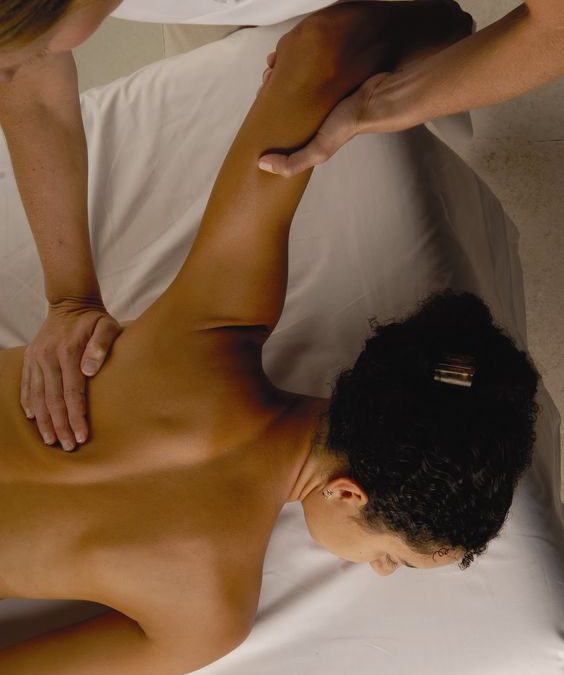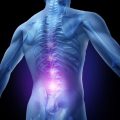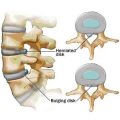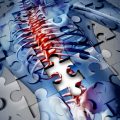Table of Contents
As we age, the spinal disc between the vertebrates of our spine degenerates, causing it to develop softer spots where spinal fluid can bulge. The weak spot in the spinal disc’s outer cores is directly just beneath the spinal nerve root. Often times, these bulges lead to cracks, allowing spinal fluid to leak out. Medical practitioners call this condition herniated disc, and it can be extremely painful as the fluid leak out and compress the nerves that travels throughout our spine.
Bulging Disc Overview
These nerves run throughout our body, and different sections lead to different parts of our body. A pinched nerve at the cervical region (neck area) can cause pain on the shoulders with numbness and tingling sensation that can travel all the way down to the arms and fingertips.
For the thoracic region (upper to middle back), pain can travel to the front, particularly on chest and stomach. Making people mistake their bulging disc as a heart or lung condition.
For lumbar region (lower back), pain, numbness, and muscle weakness can radiate down to the buttocks all the way to the legs and feet. This pain is often called radiculopathy, or sciatica.
Bulging Disc and Lower Back Pain
The lower back is the most common region for bulging disc. Research says that around 90% of bulging disc problems and their symptoms occur in the lumbar region. This however, should not be a surprise, considering how much pressure and work we put our lower back on a daily basis.
For one, our lower back carries most of our body’s weight, and we use it for almost all of our daily movements, from walking, running, sitting, standing, etc. Also, we depend on our lower back for bearing and lifting heavy weights. Injuries and trauma such as falling can also damage the spine and cause bulging.
Because of these work, we expose our lower back in risks of wear and tear, including lumbar bulging disc (or discs). Pain and discomfort caused by bulging disc problem can be confined or can radiate to the lower part of the body.
Symptoms of Low Back Bulging Disc
Generally, symptoms for lumbar herniated disc include one or a couple or more of the following:
- Sciatica, which can happen without low back pain, causes leg pain
- Legs feeling numb or weak
- Tingling sensation in the legs
- Pain in the lower back
- Pain in the hips and buttocks
- Loss of bladder control and loss of bowel control (though rare) can be a sign of CES (cauda equine syndrome) which is a more serious condition
Whatever the cause of the low back pain and whatever triggers its symptoms, they will require these initial treatments:
- Rest
- Physical therapy
- Ice pack
- Heat treatment such as warm shower
- OTC (over-the-counter) pain relievers
- NSAIDs (non-steroidal anti-inflammatory drugs)
- Stretching and low-impact exercises
- Lifestyle change (weight loss)
For more serious conditions that don’t get relieved with simple remedies, doctors will recommend injections or surgical procedures to get rid of the pain and help patients get back to their normal lives.
- Epidural steroidal (cortisone) injections
- Laser surgery
- Open-back surgery
Treatment methods of course, depend on the doctor’s diagnosis.






 I love to write medical education books. My books are written for everyone in an easy to read and understandable style.
I love to write medical education books. My books are written for everyone in an easy to read and understandable style.